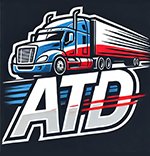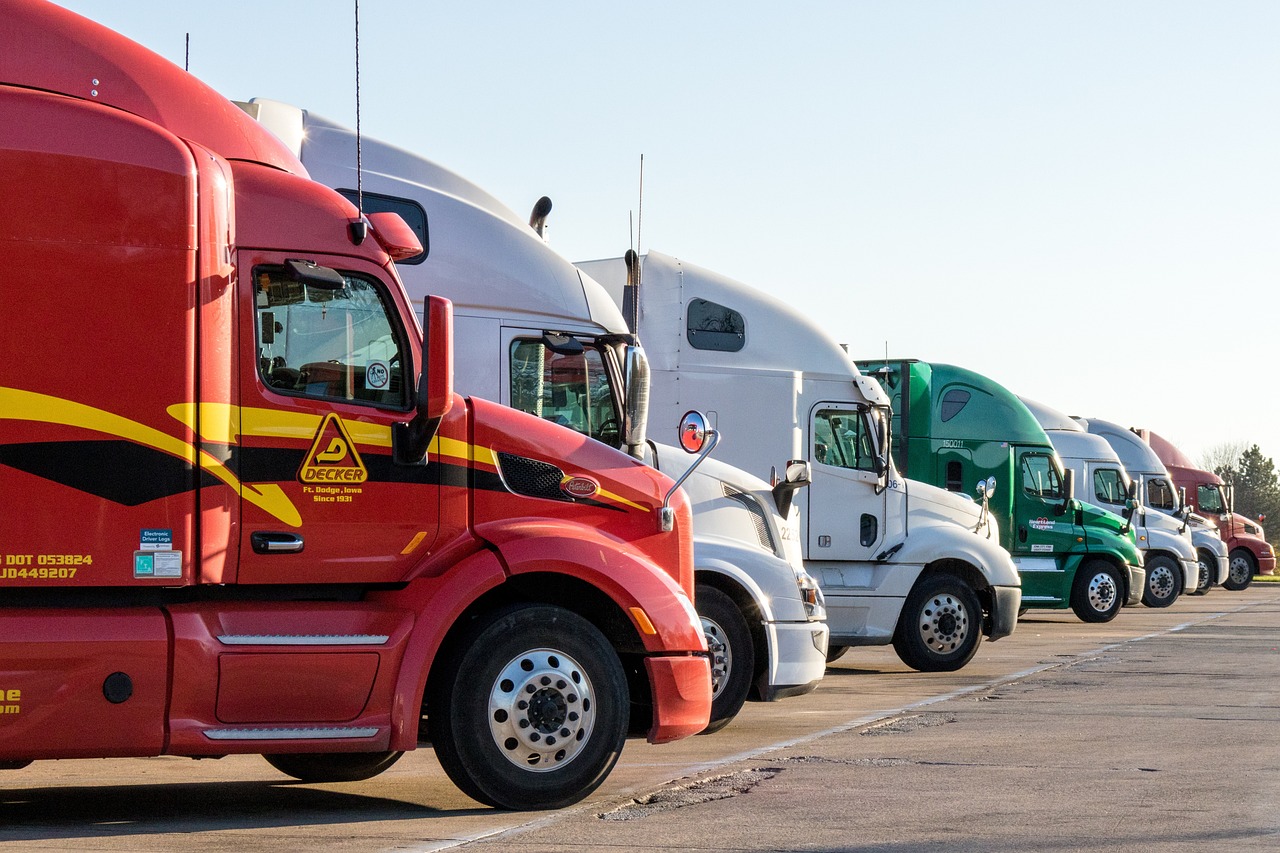
Which OTR Category Is More Profitable: Flatbed, Reefer, Dry Van, or Power Only?
As an owner-operator in the trucking industry, choosing the right over-the-road (OTR) category can significantly impact your profitability. Each type of freight—flatbed, reefer, dry van, and power only—has its own pros and cons that influence rates, demand, and overall profitability. This blog will help you understand which OTR category might be more profitable based on various factors.
1. Flatbed
Flatbed trucking involves hauling freight that cannot be loaded into a typical truck trailer. Common flatbed loads include construction materials, machinery, and oversized goods. Flatbed trucking tends to be more profitable than dry van, primarily due to the specialized nature of the freight. However, flatbed drivers need additional skills, including knowledge of proper load securing, tarping, and strapping techniques.
Flatbed trucking also requires physical labor, which not all drivers may prefer, and has a higher risk of injury. On the upside, many flatbed loads pay a premium due to the specialized handling requirements, making it a more profitable option for owner-operators who are comfortable with the physical demands.
Pros: Higher rates, specialized freight with less competition.
Cons: Physical labor, increased risk of injury, seasonal fluctuations.
2. Reefer (Refrigerated)
Reefer trucking involves hauling temperature-sensitive goods, such as food, pharmaceuticals, and other perishables. Reefer freight tends to pay more than dry van due to the added responsibility of keeping cargo at specific temperatures. Reefer drivers often need to work odd hours, including overnight deliveries, since many refrigerated goods must be delivered promptly to keep them fresh.
Reefer trucking generally provides consistent demand throughout the year, as grocery stores, food suppliers, and pharmaceutical companies require constant shipping. This stability translates into reliable income, especially during economic downturns when the need for essential goods remains steady.
Pros: Higher rates, year-round demand, stable market.
Cons: Extra maintenance on refrigeration units, irregular hours, stricter delivery timelines.
3. Dry Van
Dry van trucking is the most common type of freight hauling, involving non-perishable goods that don’t require temperature control. It is typically the easiest and least physically demanding OTR option, which is why many drivers start their trucking careers with dry van loads.
However, because of its lower barrier to entry, dry van trucking is also the most competitive. Rates tend to be lower compared to flatbed and reefer loads, and the market can be more volatile. Despite this, dry van trucking can still be profitable with efficient route planning and solid relationships with brokers and shippers.
Pros: Lower barrier to entry, less physical labor, widely available loads.
Cons: Lower rates, higher competition, less specialization.
4. Power Only
Power only trucking involves using your tractor to haul trailers that are owned by shippers or other companies. This option can be appealing for those who don’t want the hassle of purchasing and maintaining a trailer. Power only contracts are often short-term, which can give owner-operators flexibility in their schedules.
While power only can be profitable due to lower startup and maintenance costs, rates can be inconsistent depending on the demand for tractors to move pre-loaded trailers. Often, power only is used for drop-and-hook situations, which can save time but may not provide the steady rates seen in reefer or flatbed operations.
Pros: Lower initial investment, flexible schedule, less maintenance.
Cons: Inconsistent rates, reliance on availability of trailers, often short-term contracts.
Which Is More Profitable?
The profitability of each category ultimately depends on various factors, including your personal preferences, skills, and business strategy. Here’s a quick breakdown:
- Flatbed can be highly profitable if you are comfortable with physical labor and securing loads. It pays well but requires skill and endurance.
- Reefer offers consistent work with relatively high rates, especially if you are comfortable with the extra maintenance and irregular delivery schedules.
- Dry Van is a good starting point with lower costs, but competition and lower rates make it less profitable unless you have efficient operations and strong relationships.
- Power Only is attractive for its flexibility and lower costs but may not offer consistent rates compared to other categories.
In general, reefer and flatbed tend to be the most profitable for owner-operators who are willing to handle the additional challenges that come with them. Dry van offers a more straightforward approach but requires volume and efficiency to be profitable. Power only works well for those seeking flexibility without the commitment of owning a trailer.
Choosing the most profitable OTR category as an owner-operator is about aligning your skills and preferences with market demand and opportunities. Flatbed and reefer trucking tend to provide higher rates but come with additional challenges, while dry van offers ease of entry with lower profitability. Power only provides flexibility but can be inconsistent in rates.
The key to success in any category is to understand the costs involved, know your value, and build strong relationships within the industry. Whichever path you choose, staying informed and adaptable will help you maximize your profitability as an owner-operator.




